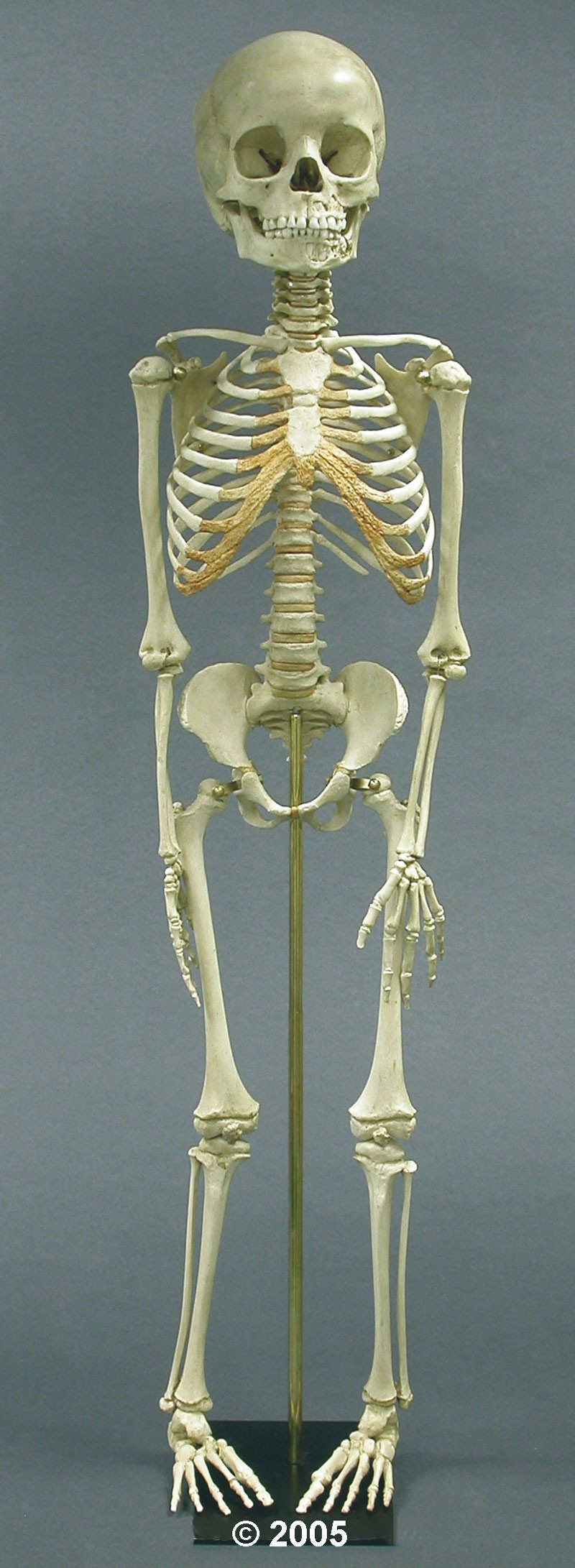Childhood Bone Development Photograph by Zephyrscience Photo Library Biology Diagrams Skeletal development refers to the development of the human skeletal system from the early days of pregnancy until the bones have reached full development in late puberty . and purpose—parents can help a child with skeletal abnormalities develop positive body image and confidence in his or her abilities.

Skeletal muscle and pediatric bone development. Curr Opin Endocrinol Diabetes Obes (2015) 22:467-74. doi: 10.1097/MED.0000000000000201 [Google Scholar] 3. Fornari ED, Suszter M, Roocroft J, Bastrom T, Edmonds EW, Schlechter J. Childhood obesity as a risk factor for lateral condyle fractures over supracondylar humerus fractures. They occur at 6-month intervals of skeletal age from 11 years in girls and 13 in boys. The fully fused olecranon occurs at skeletal age of 13 in girls and 15 in boys and marks the deceleration of growth velocity. 9. Determination of skeletal age using the Modified Tanner-Whitehouse III Skeletal Maturity Assessment (Table 1.2 and Fig. 1.12)

Assessing bone health in children and adolescents Biology Diagrams
Children have growth plates in each long bone. A growth plate is an area of soft bone at each end of the long bones. Growth plates allow the bone to grow as the child grows. The growth plates fuse by the time a child is 14 to 18 years old. Purpose of review: The purpose of this review is to summarize the recent clinical findings surrounding the muscle-bone relationships in children, while considering muscle adiposity, endocrine factors, and lifestyle influences (i.e., diet and exercise) involved in pediatric musculoskeletal development. Recent findings: Positive relationships between cortical bone geometry and muscle mass, size

An adequate development of skeletal muscles during these two periods may have long-term consequences on body composition and inclination to engage in physical activity throughout life . Moreover, although muscle fiber composition is genetically determined ( 8 ), early physical training can play an important role in "fiber reprogramming" ( 9 ). A child's chronological age, determined by their birthdate, does not always align with their skeletal age, which reflects the biological maturity of their bones. While most children follow a predictable growth pattern, variations in skeletal development can reveal important insights about overall health and future growth potential. This seeming paradox is rooted in the fact that there is intense skeletal growth and development during childhood and adolescence, and much more bone is formed than lost. Later in life, the loss of bone tissue exceeds the rate of bone replacement. It, therefore, follows that lifelong bone health is dependent on maximizing peak bone mass during
